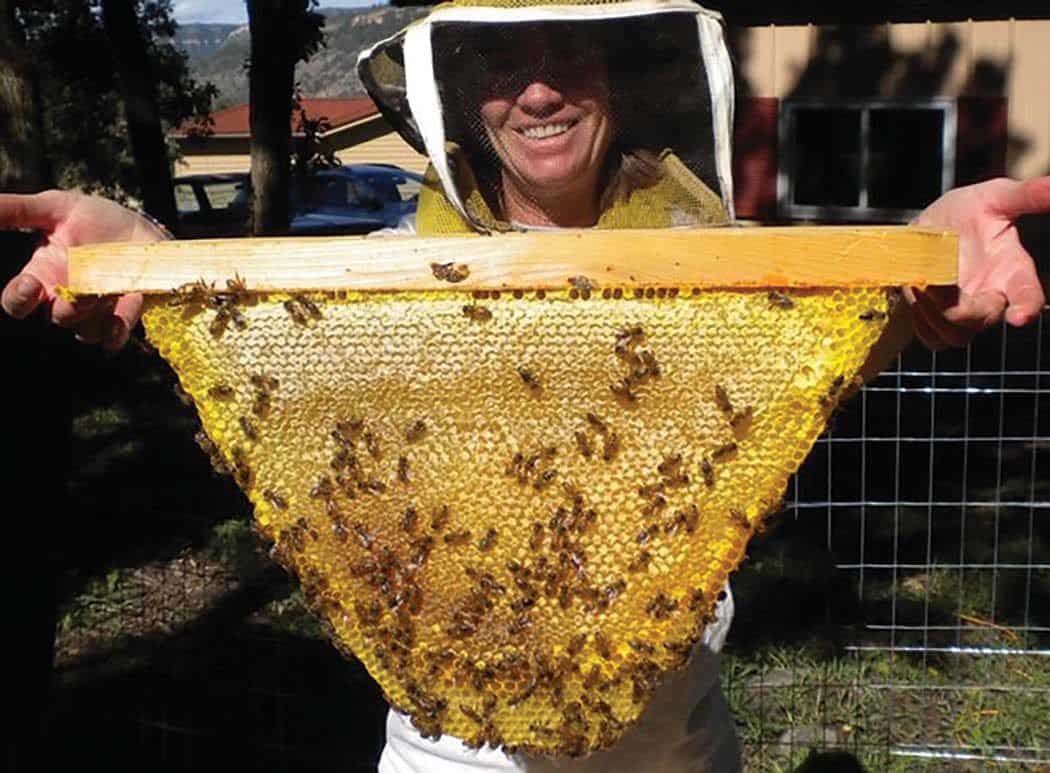Bees come in a wide variety of sizes and shapes, and understanding bee size is an important part of beekeeping. From the small bee that pollinates your flowers to the giant honey bee found in hives, bee size can have a big impact on a beekeeper’s success. In this article, we’ll explore the mysteries of bee size and what every beekeeper should know when it comes to understanding the size of the bees they are managing.
Different Types of Bees
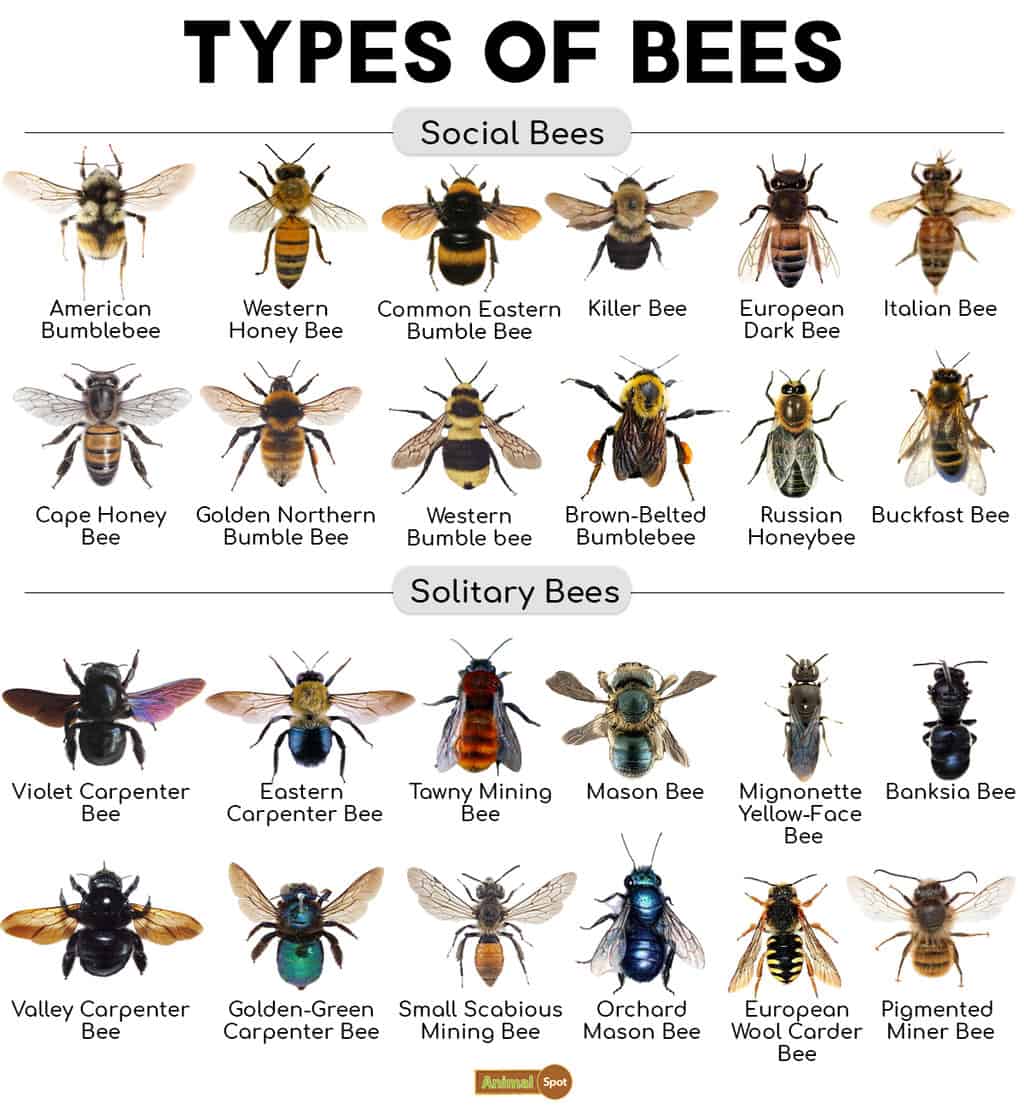
Honey Bees
Honey bees are usually about 1/2 inch (13 mm) long. They are usually light to dark brown, but some may be black. Honey bees have hairy bodies and can be identified by the yellow and black stripes on their abdomen.
Bumble Bees
Bumble bees are typically larger than honey bees, ranging from 0.5 to 1 inch (12 to 25 mm) long. They have dense, fuzzy bodies and can be identified by the yellow, black, and white stripes on their abdomen.
Carpenter Bees
Carpenter bees are some of the largest bees, reaching up to 1 inch (25 mm) in length. They are hairless and black in color and can be identified by the yellow or white markings on their faces.
What is the size of a bee? While the size of a bee can vary depending on the type of bee, most bees are about 1/2 inch (13 mm) long or less. However, some bees, such as carpenter bees, can reach up to 1 inch (25 mm) in length.
Factors That Affect Bee Size
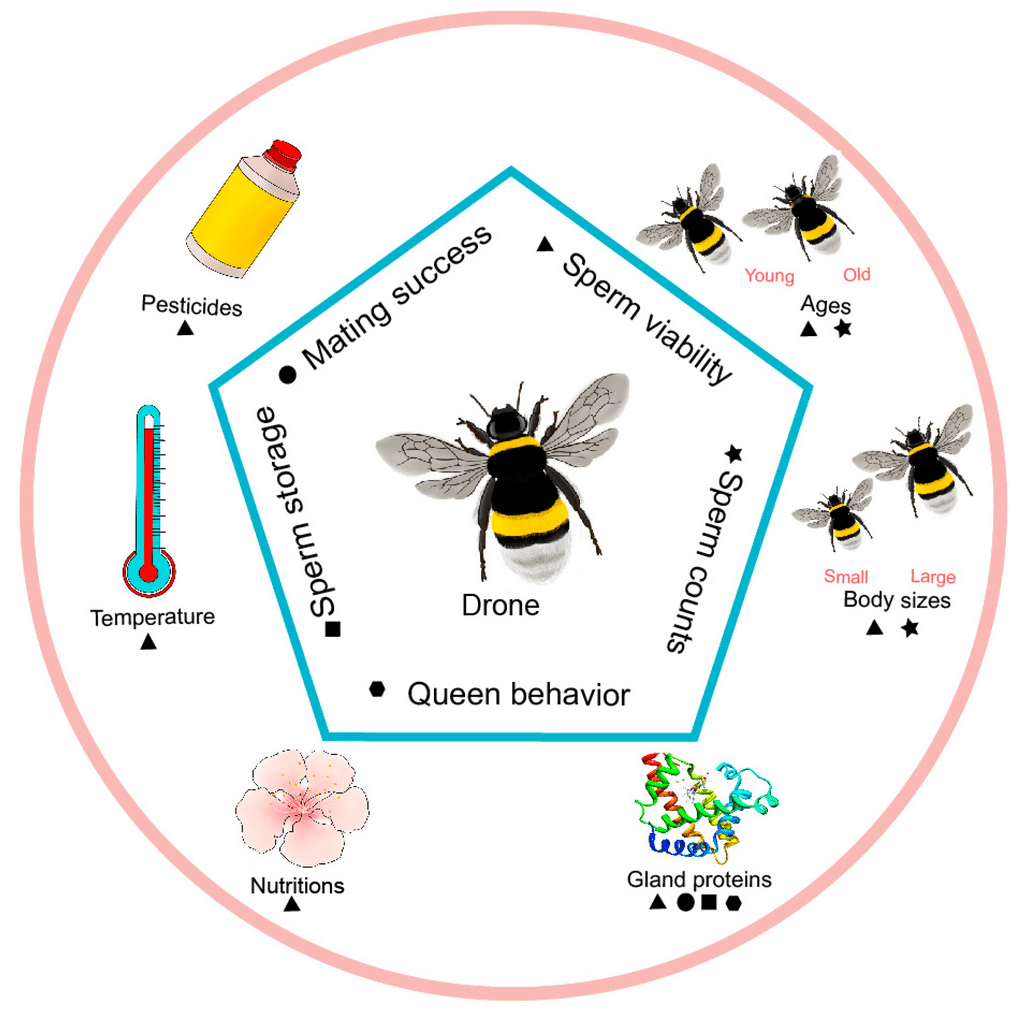
Climate
Bee size is determined by a combination of factors, including climate. Warmer temperatures tend to increase the size of bees, while colder temperatures have the opposite effect. The size of bees can also vary based on where they are located geographically, with bees in warmer climates being larger than those in colder climates.
Genetics
Genetics also play a role in bee size. Different species of bees can have varied size ranges, and even within a single species, the size of individual bees can differ depending on their genetic makeup.
Environmental Conditions
Environmental conditions, such as the availability of food, can also affect bee size. If a bee colony has an abundance of food, its bees may grow larger than those in a colony with less food. Additionally, the availability of pollen and nectar can also influence the size of bees, with those living in areas with abundant resources tending to be larger than those in areas with fewer resources.
Measuring Bee Size
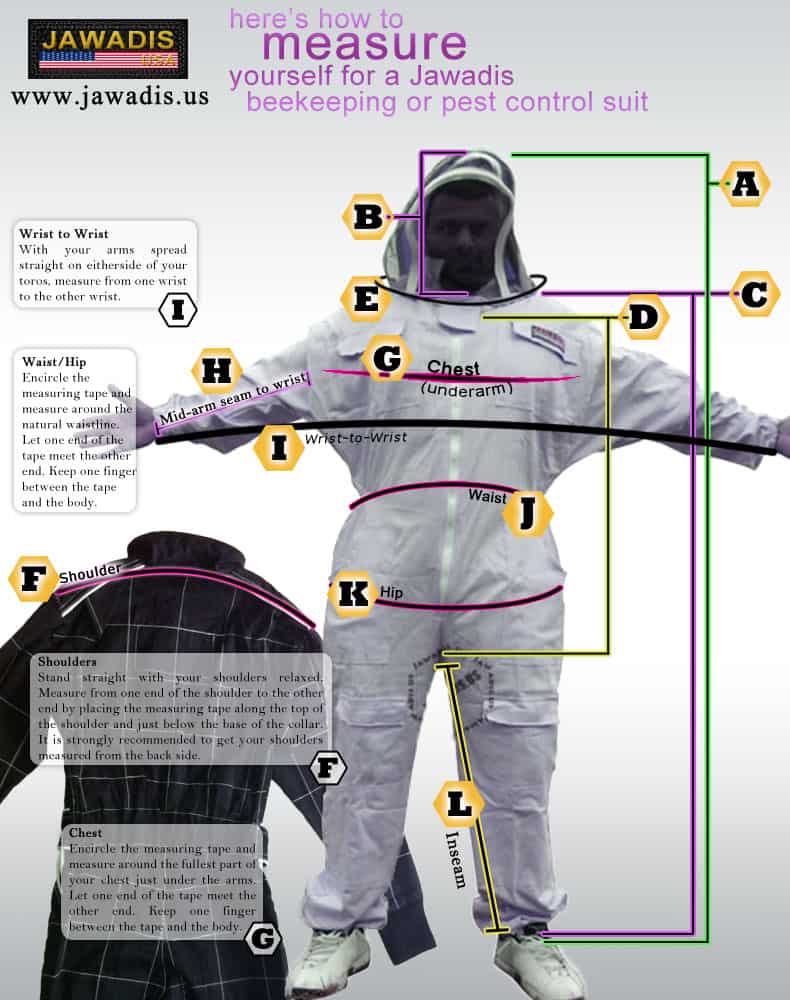
Tools and Equipment Needed
To accurately measure the size of a bee, beekeepers require the following tools: a ruler, magnifying glass, and a pair of tweezers. The ruler should be able to measure in millimeters for precise readings. A magnifying glass is necessary for viewing the bee’s body more closely, and the tweezers allow for a secure grip on the bee while measuring.
Measuring Methodology
Once the necessary tools are gathered, beekeepers can begin measuring the size of bee. Starting at the bee’s head, measure the length of its body with the ruler. This should include the bee’s head, thorax, and abdomen. The bee’s legs should be included in the measurement as well. Once the measurement is taken, the bee should be released.
Impact of Bee Size
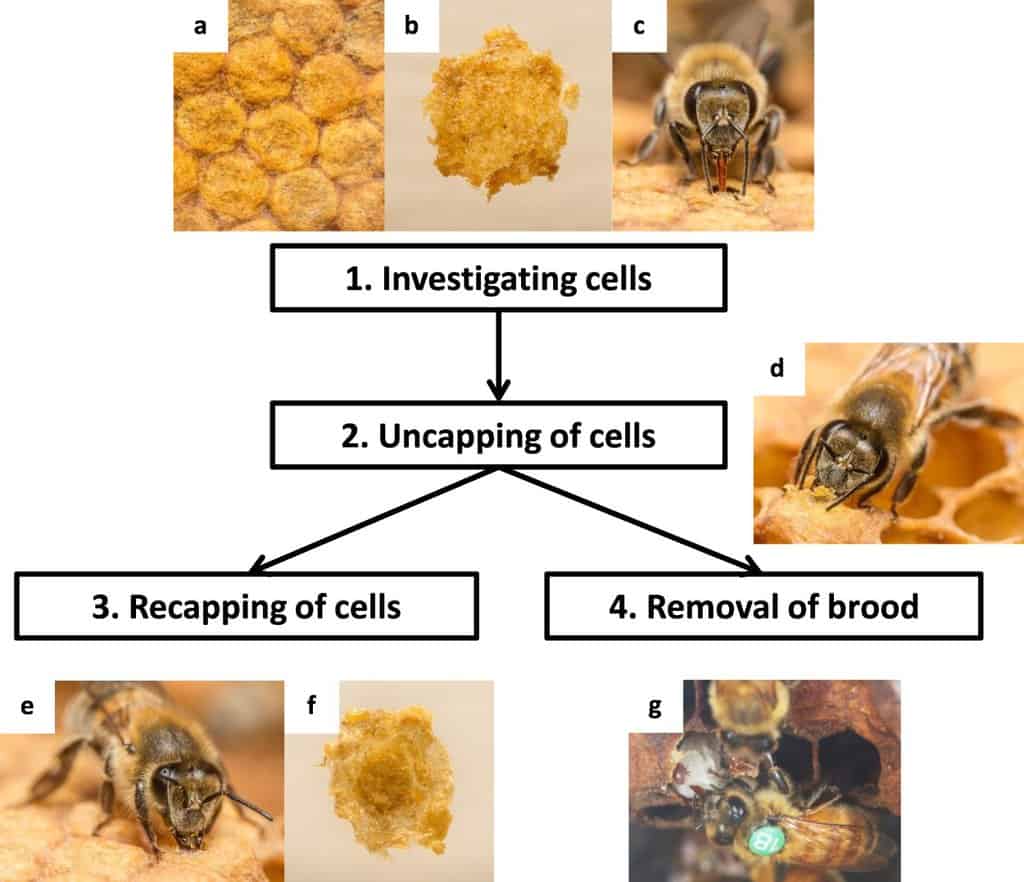
Reproductive Success
The size of a honey bee directly affects the reproductive success of its colony. Generally, larger bees produce more offspring than smaller bees. They also tend to have larger and more developed wings, allowing them to cover more territory when foraging for food and transporting it back to the hive. This makes them more effective at collecting pollen, which is essential for the bee colony’s survival.
Nesting Habits
The size of a honey bee also affects the size of its nesting site. Larger bees require larger cavities to build their hives, while smaller bees can make do with smaller ones. This can affect the overall health of the colony, as larger hives are better able to regulate the temperature, humidity, and other environmental factors that contribute to the colony’s success.
Pollination Ability
The size of a honey bee also has a direct impact on its pollination ability. Larger bees have a higher pollen-carrying capacity and can cover more ground when foraging, making them more efficient at collecting pollen and distributing it to flowers and other plants. This helps to improve crop yields and increase the overall productivity of the bee colony.
Beekeeper Considerations
Health of the Hive
The size of a hive’s honey bees has an effect on the health of the hive. Smaller bees have higher metabolic rates and need more energy to survive and to forage for food. This can lead to an increase in disease and an overall decline in the health of the hive. Beekeepers should be mindful of the size of their bees, as this can have a direct impact on the wellbeing of their hives.
Management Strategies
To ensure the bees are of an optimal size, beekeepers should employ management strategies that promote healthy bee populations. This includes providing the bees with access to plenty of food and water, as well as ensuring the hive is free of pests and diseases. Beekeepers should also be aware of the effects that environmental factors can have on the size of the bees. Temperature, humidity, and other environmental conditions can all affect the size of the bees, and beekeepers should be mindful of these factors when managing their hives.
Frequently Asked Questions
Does the Size of a Bee Determine Its Role in the Hive?
- Workers:
- Worker bees are the smallest of the three types of bees found in a hive.
- They are responsible for the daily upkeep of the hive and the gathering of nectar and pollen.
- Worker bees have a smaller wingspan than their queen and drone counterparts, which gives them an advantage when gathering nectar and pollen from small flowers.
- Queen bees are the largest of the bees found in a hive.
- Their primary role is to lay eggs that will eventually become new workers and drones.
- The queen bee’s larger size gives her the ability to lay more eggs than the smaller worker bees.
- Drones are the second largest type of bee found in a hive.
- Their primary role is to mate with the queen bee and fertilize her eggs.
- Drones’ larger size gives them an advantage when mating with the queen bee, as they can more easily reach her reproductive organs.
Queens:
Drones:
In conclusion, the size of a bee does play a role in determining its role in the hive. The smaller worker bees are the most common type of bee in the hive and they are responsible for the daily upkeep of the hive and the gathering of nectar and pollen. The larger queen and drone bees are responsible for the reproduction of the hive, with the queen laying eggs that will become new workers and drones, and the drones fertilizing the queen’s eggs.
What Factors Influence the Size of a Bee?
Bee size is largely determined by genetic and environmental factors. Genetically, the size of the bee is determined by the species, subspecies, and even the individual bee’s genes. Environmentally, the size of the bee is affected by climate, nutrition, and the availability of resources. Temperature, humidity, and other environmental factors can also affect the size of a bee. Nutrition is an important environmental factor as well, as bees rely on pollen and other food sources to sustain themselves. Finally, the availability of resources, such as nesting sites, can influence bee size, as larger bee colonies require more space.
How do Different Sizes of Bees Affect the Overall Health of the Hive?
Different bee sizes affect the overall health of the hive in many ways. Smaller bees are more agile and can better access small nectar sources, while larger bees can carry more pollen and nectar back to the hive. Additionally, different sizes of bees produce different types of honey, with the smaller bees producing a lighter, sweeter honey. Larger bees can better guard the hive from predators, as they are better able to fly and defend the hive. Finally, larger bees have a longer lifespan, allowing them to pass on their knowledge to the next generation of bees.
How can beekeepers identify the size of their bees?
Beekeepers can identify the size of their bees by examining the size of their wings and comparing them to other bee species. The size of the wings can be measured using a micrometer or calipers. Beekeepers can also identify the size of bees by looking at the size of their abdomens. Smaller bees typically have smaller abdomens, while larger bees typically have larger abdomens. Additionally, beekeepers can compare their bees to other bees in the hive to get an idea of the size differences. Finally, beekeepers can examine the size of the bee’s head and thorax by looking at photographs of different bee species.
Are larger Bees More Aggressive than Smaller Bees?
Studies have shown that in general, larger bees are more aggressive than their smaller counterparts. This aggression is often demonstrated by defensive posturing and behaviors, such as buzzing and biting, as well as by stinging in order to protect their nests. Larger bees are also more successful at defending their hives from predators, as their size gives them an advantage in physical confrontation.
However, it is important to note that aggression is not only linked to size, but also to the species of bee. Some species, such as honey bees, are generally less aggressive than other species, like yellow jackets. Additionally, environmental conditions, such as resources, nest size, and population density, can all influence the aggressiveness of a bee colony.
Conclusion
Bee size is an important factor to consider when beekeeping. Different bee species vary in size, and this can have a significant impact on their behavior, health, and even the success of the colony. It is important to understand the size of the bees you are working with, as this knowledge can help you better care for and manage your colonies. Keeping an eye on the size of the bees in your hives can help you to identify any potential issues and take the necessary steps to ensure their wellbeing.
